当前位置:网站首页>Go语言实现原理——锁实现原理
Go语言实现原理——锁实现原理
2022-07-05 22:53:00 【生命中有太多不确定】
锁实现原理
1、概述
在多线程环境下,经常会设有临界区, 我们这个时候只希望同时只能有一个线程进入临界区执行,可以利用操作系统的原子操作来构建互斥锁 ,这种方式简单高效,但是却无法处理一些复杂的情况,例如:
- 锁被某一个线程长时间占用,其他协程将无意义的空转等待,浪费CPU资源
- 因为锁是大家一起在抢,所以某些线程可能一直都抢不到锁
为了解决上述问题,在操作系统的内部会为锁构建一个等待队列 , 用于之后的唤醒,防止其其一直空转。操作系统级别的锁会锁住整个线程,并且锁的抢占也会发生上下文切换。
在Go语言中,拥有比线程更加轻量的协程,并且也在协程的基础之上实现了更加轻量级的互斥锁,用法示例如下:
var count int64 = 0
var m sync.Mutex
func main() {
go add()
go add()
}
func add() {
m.Lock()
count++
m.Unlock()
}
2、实现原理
Go语言的互斥锁使用sync/atomic包中的原子操作来构建自旋锁 ,其实说白了就是CAS(还不知道的小伙伴可以去了解一下此算法的原理),示例代码如下:
var count int64 = 0
var flag int64 = 0
func main() {
go add()
go add()
}
func add() {
for {
// 尝试将flag设置成新值 1
if atomic.CompareAndSwapInt64(&flag, 0, 1) {
count++
// 将flag还原成旧值 0
atomic.StoreInt64(&flag, 0)
}
}
}
上面的例子展示了CompareAndSwap 方法,其实atomic包下还有AddInt64方法,可以实现原子性的加法操作。
3、互斥锁
互斥锁的源码位于src/sync/mutex.go中,下面将通过源码来对互斥锁的原理进行解释
3.1、Lock
Lock方法
// Lock locks m.
// If the lock is already in use, the calling goroutine
// blocks until the mutex is available.
// 翻译:如果互斥锁锁已经被使用,调用此方法的goroutine会阻塞,直到互斥锁可用为止。
func (m *Mutex) Lock() {
// Fast path: grab unlocked mutex.
// 快速路径
if atomic.CompareAndSwapInt32(&m.state, 0, mutexLocked) {
if race.Enabled {
race.Acquire(unsafe.Pointer(m))
}
return
}
// Slow path (outlined so that the fast path can be inlined)
// 慢路径
m.lockSlow()
}
通过上述代码不难看出,调用Lock方法时,会先尝试快速路径,也就是一次CAS操作,如果成功了就会直接返回,不会阻塞。如果没有成功,说明当前的互斥锁正在被使用,接着便会进入lockSlow方法。
lockSlow方法
func (m *Mutex) lockSlow() {
var waitStartTime int64
starving := false
awoke := false
iter := 0
old := m.state
for {
// Don't spin in starvation mode, ownership is handed off to waiters
// so we won't be able to acquire the mutex anyway.
// 在正常模式下(非饥饿模式),如果可以自旋,则会继续自旋下去
if old&(mutexLocked|mutexStarving) == mutexLocked && runtime_canSpin(iter) {
// Active spinning makes sense.
// Try to set mutexWoken flag to inform Unlock
// to not wake other blocked goroutines.
if !awoke && old&mutexWoken == 0 && old>>mutexWaiterShift != 0 &&
atomic.CompareAndSwapInt32(&m.state, old, old|mutexWoken) {
awoke = true
}
// 第一阶段:自旋(空转一定时间)
runtime_doSpin()
iter++
old = m.state
continue
}
new := old
// Don't try to acquire starving mutex, new arriving goroutines must queue.
// 饥饿模式下不会尝试获取锁,而是直接加入到等待队列中
if old&mutexStarving == 0 {
new |= mutexLocked
}
if old&(mutexLocked|mutexStarving) != 0 {
new += 1 << mutexWaiterShift
}
// The current goroutine switches mutex to starvation mode.
// But if the mutex is currently unlocked, don't do the switch.
// Unlock expects that starving mutex has waiters, which will not
// be true in this case.
// 切换至饥饿模式,如果此时互斥锁已经解锁,则不切换
if starving && old&mutexLocked != 0 {
new |= mutexStarving
}
if awoke {
// The goroutine has been woken from sleep,
// so we need to reset the flag in either case.
if new&mutexWoken == 0 {
throw("sync: inconsistent mutex state")
}
new &^= mutexWoken
}
if atomic.CompareAndSwapInt32(&m.state, old, new) {
if old&(mutexLocked|mutexStarving) == 0 {
break // locked the mutex with CAS
}
// If we were already waiting before, queue at the front of the queue.
// 如果之前就在等,则加到等待队列的头部
queueLifo := waitStartTime != 0
// 计时(防止一个协程长时间占有互斥锁)
if waitStartTime == 0 {
waitStartTime = runtime_nanotime()
}
// 第二阶段:通过信号量进行控制
runtime_SemacquireMutex(&m.sema, queueLifo, 1)
// runtime_nanotime()-waitStartTime > starvationThresholdNs 表示不能占有独占锁超过1ms
// 长时间未获取到锁,进入饥饿模式
starving = starving || runtime_nanotime()-waitStartTime > starvationThresholdNs
old = m.state
if old&mutexStarving != 0 {
// If this goroutine was woken and mutex is in starvation mode,
// ownership was handed off to us but mutex is in somewhat
// inconsistent state: mutexLocked is not set and we are still
// accounted as waiter. Fix that.
if old&(mutexLocked|mutexWoken) != 0 || old>>mutexWaiterShift == 0 {
throw("sync: inconsistent mutex state")
}
delta := int32(mutexLocked - 1<<mutexWaiterShift)
if !starving || old>>mutexWaiterShift == 1 {
// Exit starvation mode.
// Critical to do it here and consider wait time.
// Starvation mode is so inefficient, that two goroutines
// can go lock-step infinitely once they switch mutex
// to starvation mode.
// 退出饥饿模式
delta -= mutexStarving
}
atomic.AddInt32(&m.state, delta)
break
}
awoke = true
iter = 0
} else {
old = m.state
}
}
if race.Enabled {
race.Acquire(unsafe.Pointer(m))
}
}
lockSlow方法内部其实是一个for循环,for循环的第一个if其实就是自旋,其中,runtime_canSpin方法的源码如下:
const(
...
active_spin = 4
...
)
func sync_runtime_canSpin(i int) bool {
// sync.Mutex is cooperative, so we are conservative with spinning.
// Spin only few times and only if running on a multicore machine and
// GOMAXPROCS>1 and there is at least one other running P and local runq is empty.
// As opposed to runtime mutex we don't do passive spinning here,
// because there can be work on global runq or on other Ps.
if i >= active_spin || ncpu <= 1 || gomaxprocs <= int32(sched.npidle+sched.nmspinning)+1 {
return false
}
if p := getg().m.p.ptr(); !runqempty(p) {
return false
}
return true
}
通过注释,可以知道自旋的条件:
- 自旋次数小于4次
- CPU核数大于1
- 逻辑处理器P的数量>1且有一个P上没有运行的协程
如果满足自旋的条件,则会进入if语句块,接着会执行runtime_doSpin()方法,源码如下:
const (
active_spin_cnt = 30
)
func sync_runtime_doSpin() {
procyield(active_spin_cnt)
}
调用的procyield其实是一段汇编代码,会执行30次的PAUSE指令,相当于告诉处理器,这段代码序列是个循环等待。
自旋结束后,如果还没有获取到锁,则会进入第二阶段:通过信号量进行同步控制,在源码中对应的是runtime_SemacquireMutex(&m.sema, queueLifo, 1)方法,具体的源码如下:
func sync_runtime_SemacquireMutex(addr *uint32, lifo bool, skipframes int) {
semacquire1(addr, lifo, semaBlockProfile|semaMutexProfile, skipframes)
}
func semacquire1(addr *uint32, lifo bool, profile semaProfileFlags, skipframes int) {
gp := getg()
if gp != gp.m.curg {
throw("semacquire not on the G stack")
}
// Easy case.
if cansemacquire(addr) {
return
}
// Harder case:
// increment waiter count
// try cansemacquire one more time, return if succeeded
// enqueue itself as a waiter
// sleep
// (waiter descriptor is dequeued by signaler)
s := acquireSudog()
root := semroot(addr)
t0 := int64(0)
s.releasetime = 0
s.acquiretime = 0
s.ticket = 0
if profile&semaBlockProfile != 0 && blockprofilerate > 0 {
t0 = cputicks()
s.releasetime = -1
}
if profile&semaMutexProfile != 0 && mutexprofilerate > 0 {
if t0 == 0 {
t0 = cputicks()
}
s.acquiretime = t0
}
for {
lockWithRank(&root.lock, lockRankRoot)
// Add ourselves to nwait to disable "easy case" in semrelease.
atomic.Xadd(&root.nwait, 1)
// Check cansemacquire to avoid missed wakeup.
if cansemacquire(addr) {
atomic.Xadd(&root.nwait, -1)
unlock(&root.lock)
break
}
// Any semrelease after the cansemacquire knows we're waiting
// (we set nwait above), so go to sleep.
root.queue(addr, s, lifo)
goparkunlock(&root.lock, waitReasonSemacquire, traceEvGoBlockSync, 4+skipframes)
if s.ticket != 0 || cansemacquire(addr) {
break
}
}
if s.releasetime > 0 {
blockevent(s.releasetime-t0, 3+skipframes)
}
releaseSudog(s)
}
上面这段源码看起来可能会比较困难,其中最主要的还是for循环中的代码。当执行加锁操作后,信号量会加一,执行解锁操作后信号量会减一,这里的信号量可以理解成waiter(等待的协程)的数量。
说的通俗一点,这一阶段将会使用信号量来控制对互斥锁的竞争。为了组织数据,通过semaRoot结构体来封装互斥锁,此结构体被存储在semtable这一哈希表结构中,当发生哈希冲突的时候,同一个table中的semaRoot会组织成一个treap树(一种平衡二叉树)。下面是结构体源码:
封装互斥锁与等待者的结构体 semaRoot
type semaRoot struct {
lock mutex
treap *sudog // root of balanced tree of unique waiters.
nwait uint32 // Number of waiters. Read w/o the lock.
}
保存semaRoot 的结构体 semtable (哈希表)
const semTabSize = 251
var semtable [semTabSize]struct {
root semaRoot
pad [cpu.CacheLinePadSize - unsafe.Sizeof(semaRoot{
})]byte
}
图解:
将互斥锁封装成semaRoot结构体,然后根据互斥锁的地址计算哈希值然后取模得到其所在的桶,并通过双向链表解决哈希冲突
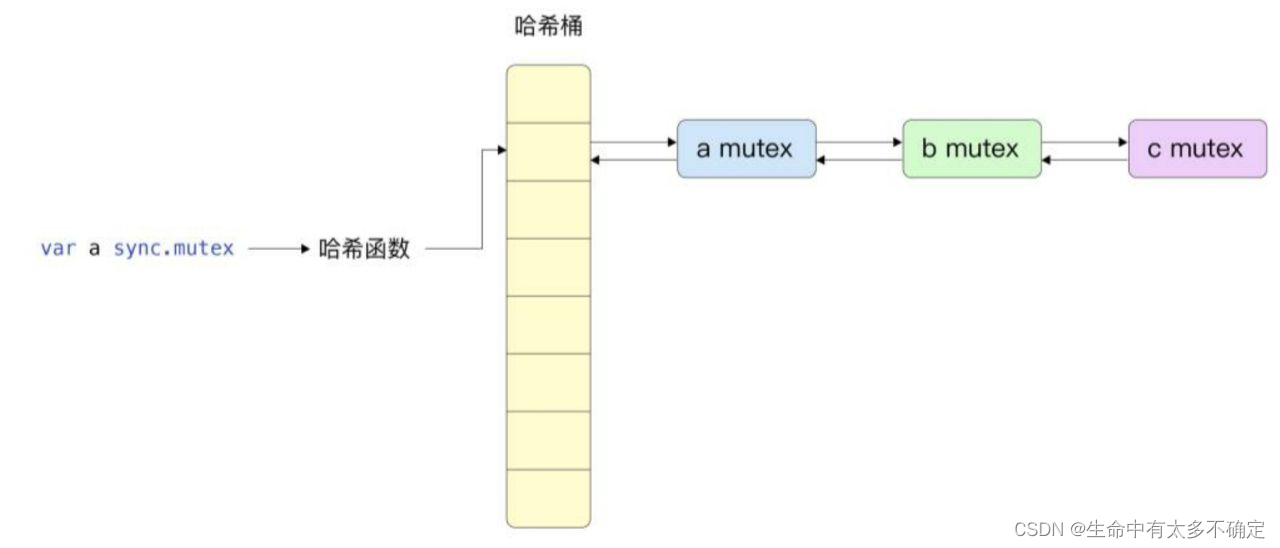
双向链表也会被组织成treap树,这样做的原因是为了快速查找( L o g 2 N Log_2N Log2N的复杂度)
![[外链图片转存失败,源站可能有防盗链机制,建议将图片保存下来直接上传(img-MoPjA3cR-1655993423695)(https://s3-us-west-2.amazonaws.com/secure.notion-static.com/d05b8622-6cbc-49b2-a7db-e4b2e682f5cd/Untitled.png)]](/img/18/02ffeefdeb6bd8439f742f76980652.png)
在上图中,G1 G2 G3是获取互斥锁e的协程
若在上述的第二阶段长时间无法获取到锁,当前互斥锁会进入到饥饿模式 ,之后如果可以很快获取到锁则会恢复到正常模式
小结
Go语言中的锁其实是一种混合锁,使用了 原子操作、自旋、信号量、操作系统界别的锁、等待队列、全局哈希表。
3.2、Unlock
源码:
// Unlock unlocks m.
// It is a run-time error if m is not locked on entry to Unlock.
//
// A locked Mutex is not associated with a particular goroutine.
// It is allowed for one goroutine to lock a Mutex and then
// arrange for another goroutine to unlock it.
func (m *Mutex) Unlock() {
if race.Enabled {
_ = m.state
race.Release(unsafe.Pointer(m))
}
// Fast path: drop lock bit.
// 快速路径:
new := atomic.AddInt32(&m.state, -mutexLocked)
if new != 0 {
// Outlined slow path to allow inlining the fast path.
// To hide unlockSlow during tracing we skip one extra frame when tracing GoUnblock.
m.unlockSlow(new)
}
}
unlockSlow方法
func (m *Mutex) unlockSlow(new int32) {
if (new+mutexLocked)&mutexLocked == 0 {
throw("sync: unlock of unlocked mutex")
}
if new&mutexStarving == 0 {
old := new
for {
// If there are no waiters or a goroutine has already
// been woken or grabbed the lock, no need to wake anyone.
// In starvation mode ownership is directly handed off from unlocking
// goroutine to the next waiter. We are not part of this chain,
// since we did not observe mutexStarving when we unlocked the mutex above.
// So get off the way.
if old>>mutexWaiterShift == 0 || old&(mutexLocked|mutexWoken|mutexStarving) != 0 {
return
}
// Grab the right to wake someone.
new = (old - 1<<mutexWaiterShift) | mutexWoken
// 正常模式:不断通过CAS争抢互斥锁
if atomic.CompareAndSwapInt32(&m.state, old, new) {
runtime_Semrelease(&m.sema, false, 1)
return
}
old = m.state
}
} else {
// Starving mode: handoff mutex ownership to the next waiter, and yield
// our time slice so that the next waiter can start to run immediately.
// Note: mutexLocked is not set, the waiter will set it after wakeup.
// But mutex is still considered locked if mutexStarving is set,
// so new coming goroutines won't acquire it.
// 饥饿模式:直接唤醒等待队列中等待最久的协程
runtime_Semrelease(&m.sema, true, 1)
}
}
看过Lock的源码后再看Unlock的源码就会感觉简单很多了,Unlock也有一个快速路径,也就是通过原子操作尝试抢一下锁,如果没能成功则会进入unlockSlow方法中,之后再根据当前模式(正常模式/饥饿模式)去做不一样的事,但是所做的事都被封装成了一个runtime_Semrelease方法,如果是饥饿模式,则第二个参数为true
4、读写锁
4.1、概述
在一些并发读写的场景中,如果继续使用互斥锁的话会严重影响性能,尤其是一些读多写少的场景。对于这种情况是允许并发读,但是不允许并发写,为此,Go语言封装了一个互斥锁,结构体如下:
type RWMutex struct {
w Mutex // held if there are pending writers 互斥锁
writerSem uint32 // semaphore for writers to wait for completing readers 写信号量
readerSem uint32 // semaphore for readers to wait for completing writers 读信号量
readerCount int32 // number of pending readers 当前正在执行的读操作数量(因为读操作可以并发)
readerWait int32 // number of departing readers 进行写操作时,等待读的协程的数量
}
通过与源码其实不难看出,读写锁是基于互斥锁的
4.2、原理
因为是基于互斥锁做的封装,比较简单,所以就不展示源码了。具体的原理其实很简单,在读之前,如果有写操作正在执行,则需要等写操作完成后才能读。换句话说,就是除了并发读可以被运行之外,并发的读+写或者并发的写都是会阻塞的。
5、小结
本节介绍了原子操作、互斥锁与读写锁,Go语言的互斥锁是专门为协程所设计的,通过上面的分析可以知道其本质是一种混合锁,其目的也很简单:不到万不得已不使用系统级别的锁(因为这会锁住整个线程)。后面还介绍了读写锁,这是基于互斥锁为特定的场景而封装的,其读操作会优于互斥锁。实际使用时还是需要根据业务需求去进行选择
边栏推荐
- Hj16 shopping list
- Composition of interface
- 30 optimization skills about mysql, super practical
- d3dx9_ What if 29.dll is missing? System missing d3dx9_ Solution of 29.dll file
- Leetcode buys and sells stocks
- I closed the open source project alinesno cloud service
- leecode-学习笔记
- February 13, 2022-4-symmetric binary tree
- Global and Chinese market of diesel fire pump 2022-2028: Research Report on technology, participants, trends, market size and share
- Déterminer si un arbre binaire est un arbre binaire complet
猜你喜欢
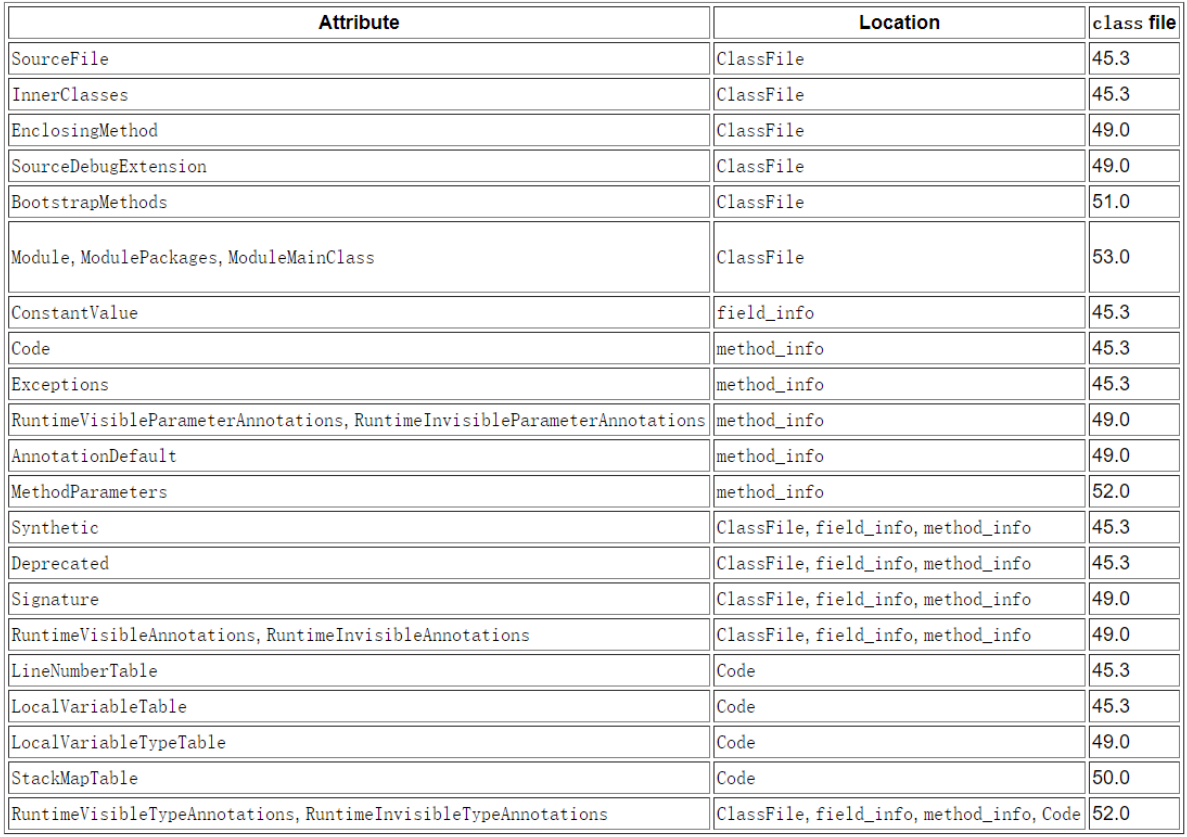
一文搞定class的微观结构和指令

The method and principle of viewing the last modification time of the web page
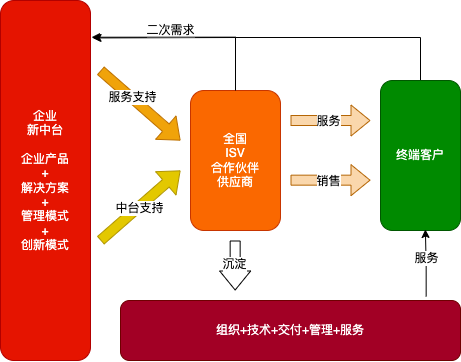
My experience and summary of the new Zhongtai model

Douban scoring applet Part-2
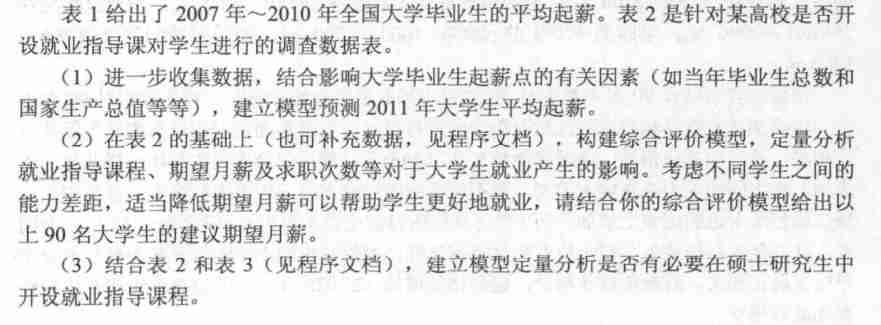
SPSS analysis of employment problems of college graduates

Leetcode weekly The 280 game of the week is still difficult for the special game of the week's beauty team ~ simple simulation + hash parity count + sorting simulation traversal
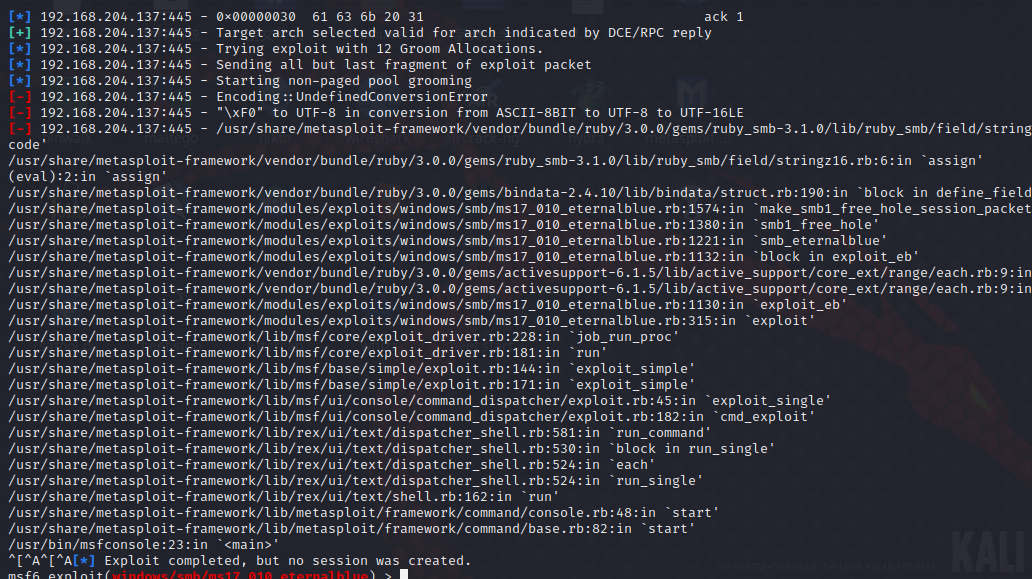
Metasploit (MSF) uses MS17_ 010 (eternal blue) encoding:: undefined conversionerror problem

Business introduction of Zhengda international futures company

CJ mccullem autograph: to dear Portland

2022 registration examination for safety management personnel of hazardous chemical business units and simulated reexamination examination for safety management personnel of hazardous chemical busines
随机推荐
2022.02.13 - SX10-30. Home raiding II
【Note17】PECI(Platform Environment Control Interface)
Thoroughly understand JVM class loading subsystem
第十七周作业
The introduction to go language is very simple: String
Methods modified by static
【Note17】PECI(Platform Environment Control Interface)
一文搞定JVM的内存结构
Global and Chinese market of water treatment technology 2022-2028: Research Report on technology, participants, trends, market size and share
[speech processing] speech signal denoising and denoising based on MATLAB low-pass filter [including Matlab source code 1709]
Double pointer of linked list (fast and slow pointer, sequential pointer, head and tail pointer)
Use the rewrite rule to rewrite all accesses to the a domain name to the B domain name
Hj16 shopping list
First, redis summarizes the installation types
利用LNMP实现wordpress站点搭建
Element operation and element waiting in Web Automation
Week 17 homework
LeetCode145. Post order traversal of binary tree (three methods of recursion and iteration)
Business introduction of Zhengda international futures company
Un article traite de la microstructure et des instructions de la classe